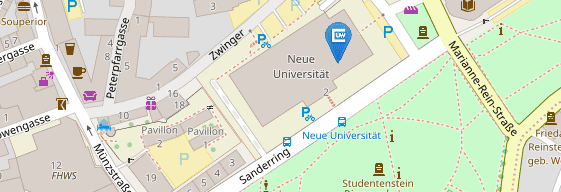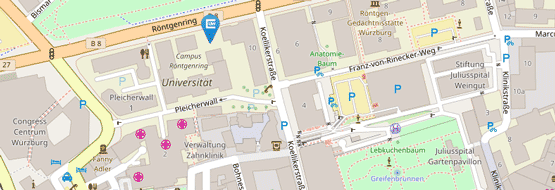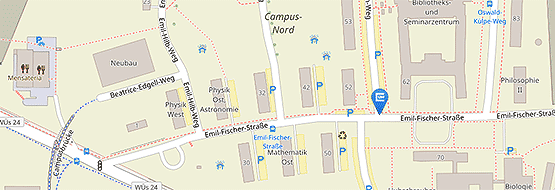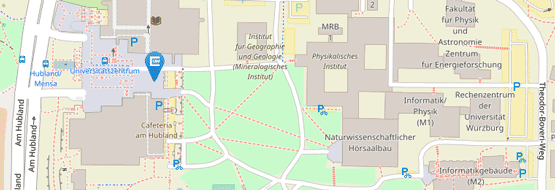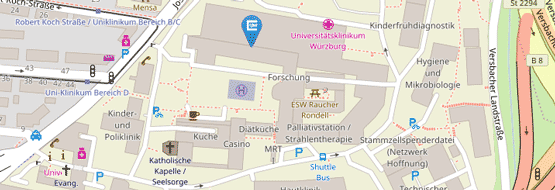QDT - Quantum Dynamic Toolbox
QDT (Quantum Dynamic Toolbox) is a Matlab toolbox that allows you to easily simulate and analyze coupled quantum systems in the energy eigenbasis.
The toolbox is optimized for ease of use and user comfort rather than raw speed. QDT was developed in a research cooperation between the University of Bielefeld and the University of Würzburg.
Let’s start with an example: In many papers you will find relatively simple drawings such as this:
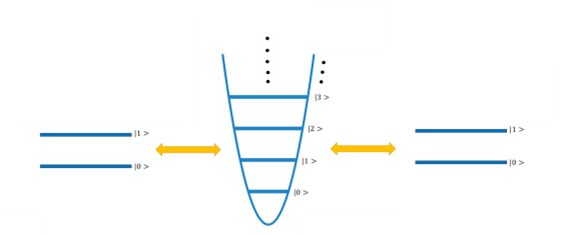
This example shows two two-level systems or "qbits" which are coupled via a plasmon or via a light field, both of which can, in second quantization, be modeled using a quantum-mechanical harmonic oscillator. Such a picture is often accompanied by a very complicated looking Hamiltonian. In this case:
![]()
So if you do not know exactly what each of these symbols means and the exact underlying matrix structure, and you do not have much time available, you will not be able to perform simulations on your own, although the underlying quantum system is fairly easy to understand and communicate via pen and paper. This is where QDT comes into play.
The underlying goal of QDT is to make the simulation of quantum systems such as the one depicted above as simple as drawing them on paper. Using QDT, every entity in the above system can be expressed with a single line of code. This results in five lines: Two for the qbits, two for the couplings and one for the harmonic oscillator. The user does not need any knowledge of the exact mathematical formulation of the Hamiltonian. The Hamiltonian is generated completely automatically and, like its components, can be analyzed by the user to deepen their own knowledge and ensure that the mathematics is correct.
QDT supports the simulation of a wide variety of systems. Take a look at the tutorial for an overview of the core features.


